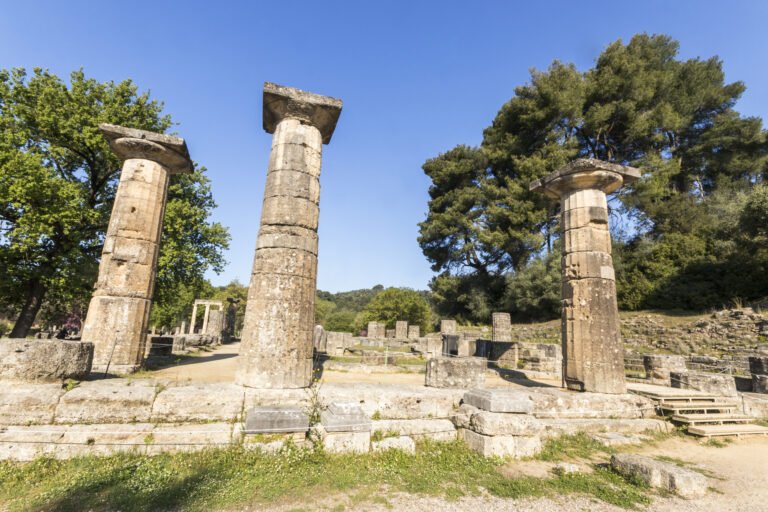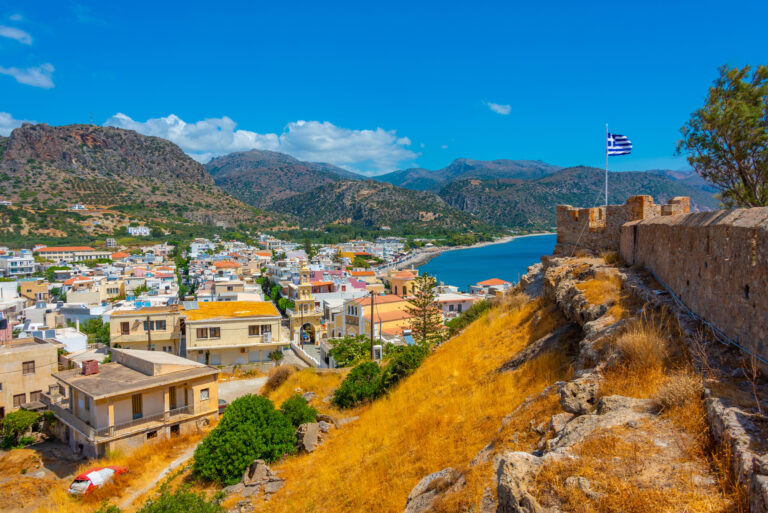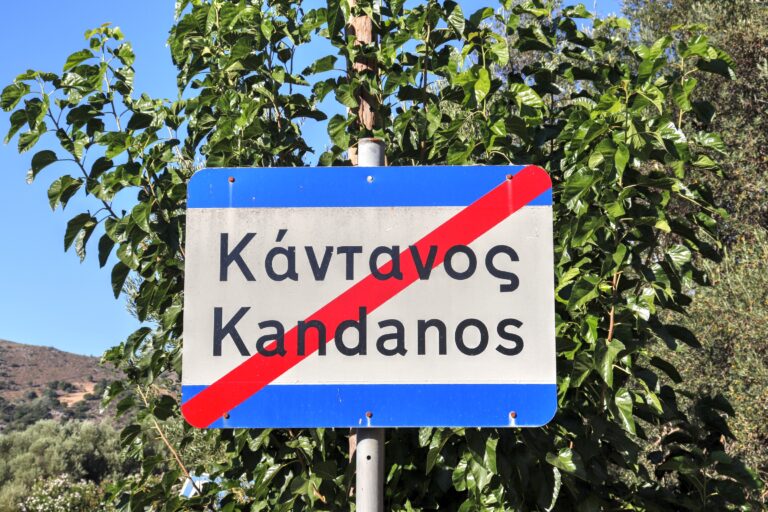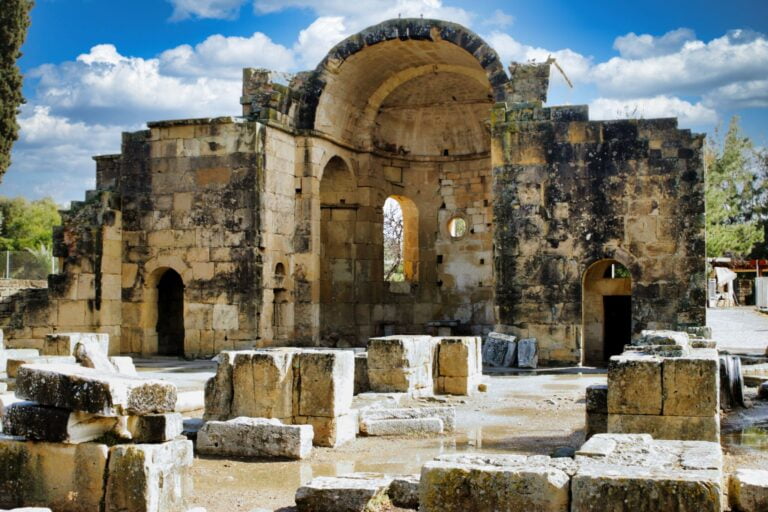Agia Galini – the place for an ideal exciting holiday
Modern Agia Galini is a charming and picturesque village south of Rethymno that has maintained its authentic Cretan atmosphere while adapting to the needs of its visitors. Nestled on the slopes of the surrounding hills and overlooking the Libyan Sea, it offers a delightful blend of natural beauty, history, and modern amenities.
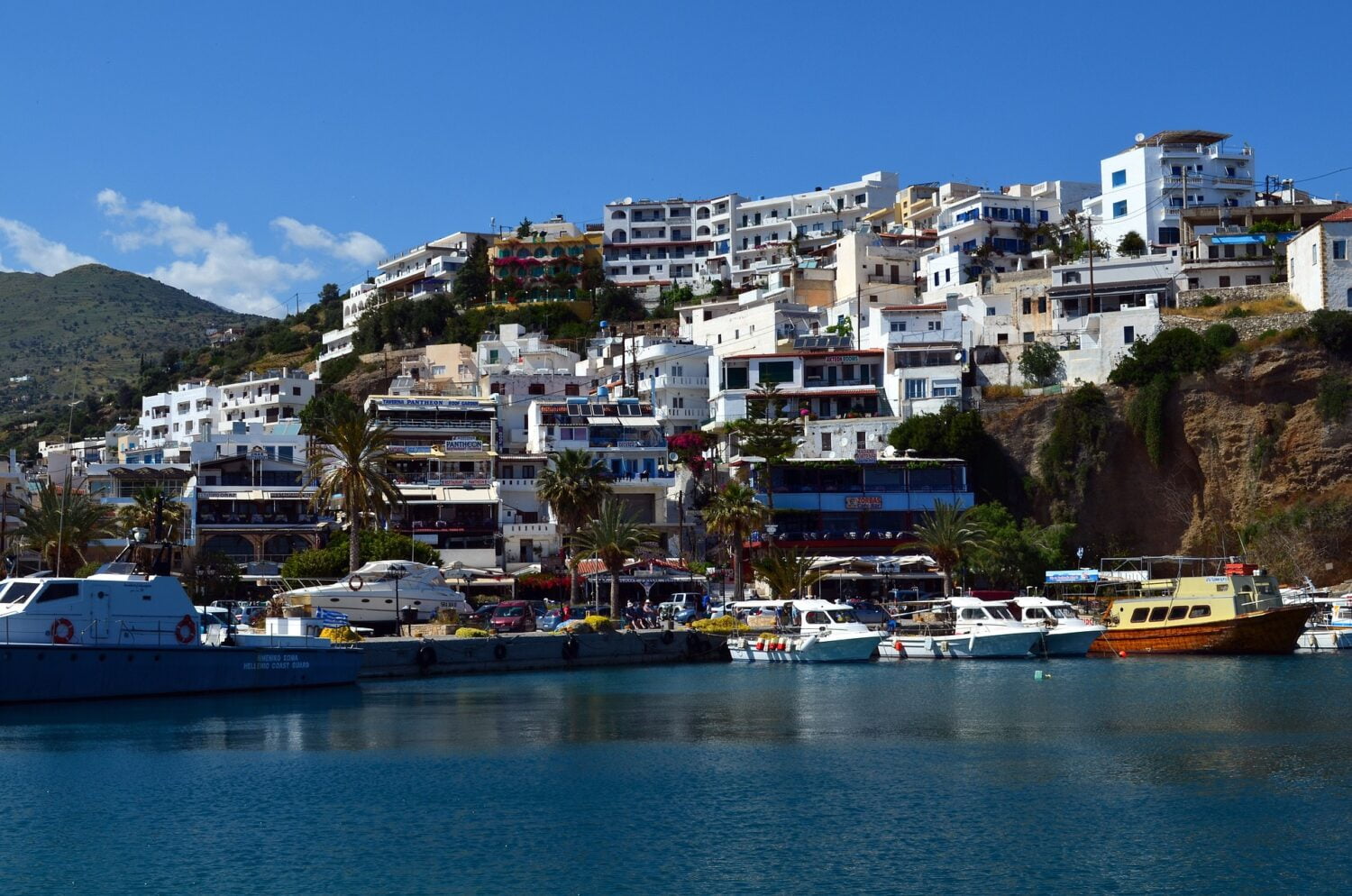
Modern Agia Galini
Tourism: Agia Galini has become a popular destination, drawing visitors worldwide. The village offers a variety of accommodation options, from family-run guesthouses to more luxurious hotels and resorts. They lined its streets with restaurants, tavernas, and cafes that serve traditional Cretan cuisine and international dishes.
Beaches: The village boasts a beautiful sandy beach perfect for swimming, sunbathing, and water sports. The calm, clear waters of the Libyan Sea make it an ideal spot for snorkelling and diving. The surrounding cliffs provide stunning coastline views. Nearby beaches, such as Agios Georgios and Agios Pavlos, offer more secluded areas for beachgoers to explore.
Activities: Agia Galini provides many opportunities for outdoor activities and adventures. Visitors can enjoy boat trips, fishing excursions, and water sports or explore the countryside through hiking, cycling, or horseback riding. The village also serves as a base for exploring nearby archaeological sites, such as Phaistos’s Minoan palace and Gortyn’s ancient Roman city.
Festivals and events: Agia Galini hosts a variety of cultural events and festivals throughout the year, showcasing its rich traditions and local talent. Music, dance, and theatre performances are held in the village’s open-air amphitheatre, while religious celebrations, such as the Feast of the Assumption of the Virgin Mary, are marked with processions, feasting, and live music.
Local arts and crafts: The village is home to several talented artists and craftspeople who produce unique, handcrafted items, such as pottery, textiles, and jewellery. Visitors can explore the local workshops and galleries to discover one-of-a-kind souvenirs and gifts.
Accessibility: Agia Galini is easily accessible from major cities and airports on the island. It is approximately 75 kilometres from Heraklion, 60 from Rethymno, and 110 from Chania. Car, bus, or taxi can reach the village, making it a convenient destination for travellers.
Overall, modern Agia Galini offers a charming and relaxed atmosphere, combining the beauty of its natural surroundings with the warmth of its local culture. The village’s growth as a tourist destination has not diminished its traditional character, making it an ideal choice for visitors seeking an authentic Cretan experience.
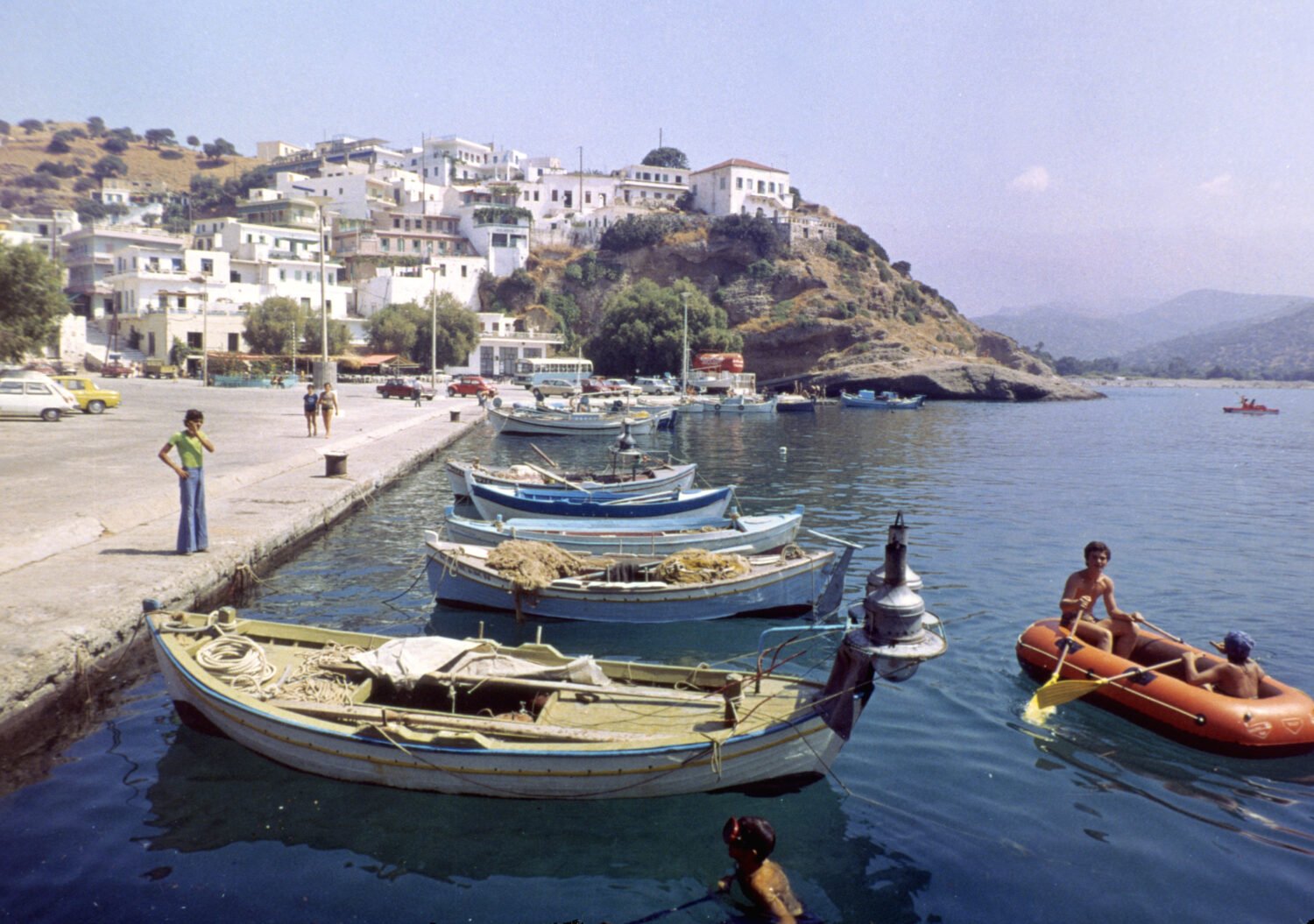
History of Agia Galini
Agia Galini’s history is less well-documented than in other parts of Crete. Still, it has an exciting past and development:
Ancient history: In antiquity, the area where Agia Galini now stands was known as Soulia. It was an important harbour during the Minoan, Hellenistic, and Roman periods, as a crucial link between Crete and other Mediterranean ports. Archaeological findings in the area, such as pottery and coins, provide evidence of its ancient role in maritime trade.
Byzantine period: The village likely continued to be an active port during the Byzantine era, but more records and archaeological findings should be needed.
Venetian period: During the Venetian occupation of Crete (1204-1669), Agia Galini kept its importance as a harbour. The Venetians are believed to have used the village as a shelter and supply point for their ships travelling between Crete and other parts of their empire.
Ottoman rule: After the Ottoman Empire conquered Crete in 1669, Agia Galini remained a small coastal village. Its significance as a harbour declined. The area was primarily involved in fishing and agriculture during this period.
Early 20th century: Agia Galini developed as a modern village in the early 1900s. The first houses were built, and the settlement gradually expanded. During this time, they knew the town for its tanneries and soap production, contributing to the local economy.
World War II: Agia Galini was not a primary battleground during World War II, but it was likely affected by the broader events in Crete. The island saw significant resistance against the German occupation, which followed the Battle of Crete in 1941.
Post-war period and tourism: Following World War II, Agia Galini developed as a tourist destination. Its beautiful beaches, natural harbour, and traditional charm attracted visitors, leading to the growth of the village’s tourism industry. In the 1960s and 1970s, Agia Galini experienced a surge in tourism, which resulted in the construction of hotels, restaurants, and other tourist facilities.
Present-day Agia Galini: Today, Agia Galini is a popular tourist destination that maintains its traditional charm while providing modern amenities for visitors. The village’s history is evident in its architecture, local customs, and the remnants of its past as a harbour.
While Agia Galini’s history may be less extensive and well-documented than other parts of Crete, it has played a crucial role in the island’s maritime past. It has experienced significant development and growth as a tourist destination in recent decades.
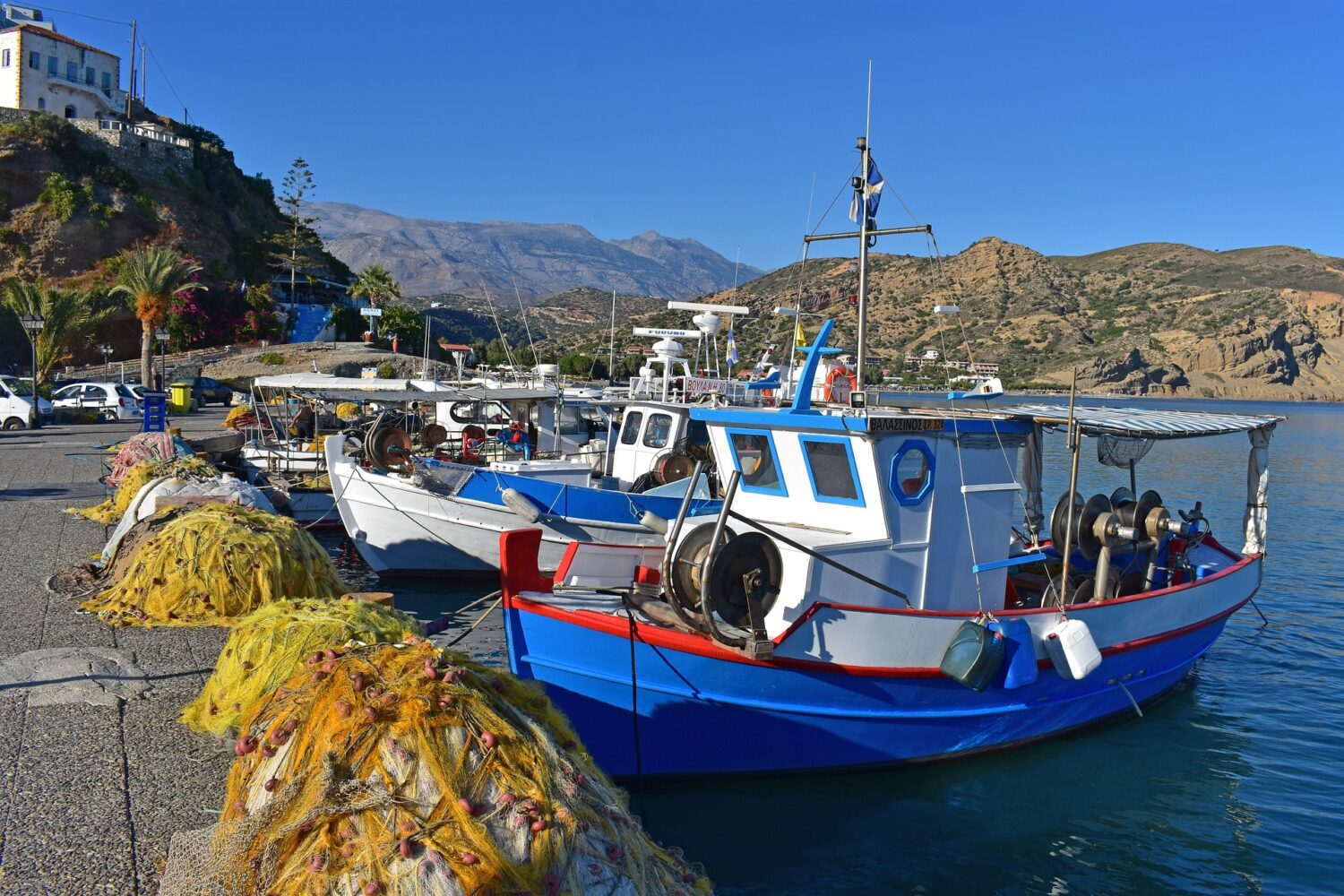
Table of Contents
Views: 243


